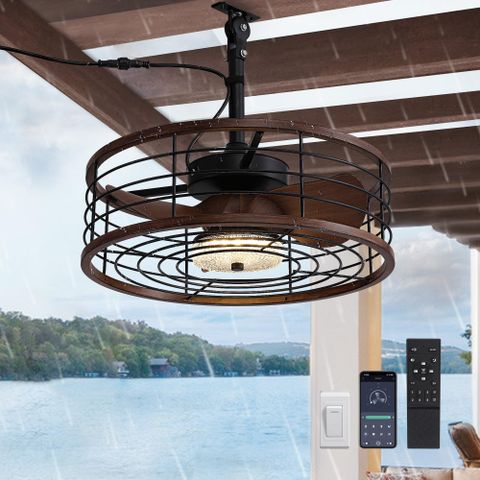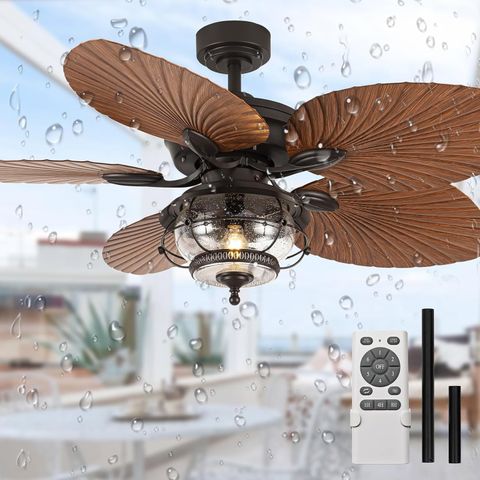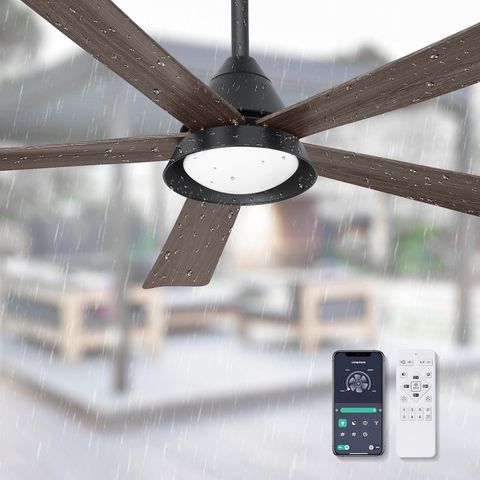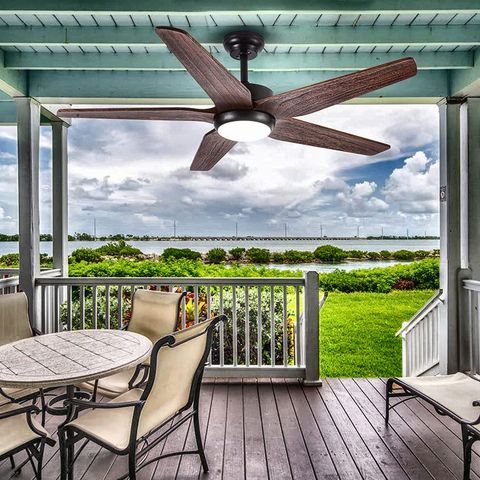Picture this: you’re relaxing on your patio, the sun is setting, and you want to enjoy a gentle breeze without the annoying hum of a noisy fan. It’s a simple wish, but one that many homeowners struggle to fulfill. Why? Because outdoor fans face unique challenges that indoor models simply don’t encounter. The wind, weather, and sometimes even your neighbors’ complaints can turn a perfectly good fan into a source of frustration. But fear not, there’s a solution waiting for you.
When it comes to outdoor living spaces, few things can ruin a perfect evening quite like a noisy ceiling fan. Whether you’re hosting guests or just trying to unwind after a long day, that constant buzzing sound can be incredibly distracting. The good news? You don’t have to settle for a noisy fan. With the right knowledge and some careful consideration, you can find a ceiling fan that delivers cool air while whispering softly in the background. This isn’t just about comfort – it’s about creating a sanctuary where peace and relaxation reign supreme. So grab your favorite drink, get comfortable, and let’s dive into what makes a ceiling fan truly quiet.
Understanding Outdoor Fan Challenges
Outdoor fans face a different set of problems compared to their indoor counterparts. First, they must withstand harsh weather conditions – from rain and humidity to direct sunlight and temperature fluctuations. These elements can affect motor performance and overall noise levels. Second, outdoor fans often have to work harder to move air because they’re usually installed higher up and may need to cover larger areas. Third, wind patterns around outdoor spaces can create turbulence that adds unwanted noise to the mix. Finally, there’s the issue of vibration – when a fan isn’t perfectly balanced, it creates those annoying wobbles that translate into audible vibrations. All these factors combined make finding a quiet outdoor fan a bit more challenging than you might expect.
The Science Behind Quiet Operation
Let’s break down what actually makes a fan quieter. The motor is the biggest factor. Brushless motors tend to be much quieter than traditional brushed motors because they don’t have the friction and wear that create noise. Look for fans with DC motors – they’re typically more efficient and produce less vibration. Blade design matters too. Fans with fewer blades generally operate more quietly than those with many blades. The blade pitch angle also affects noise levels. A lower pitch angle means less air movement but also less turbulence and noise. Additionally, the quality of the bearing system plays a huge role. High-quality ball bearings reduce friction and create smoother operation. Finally, the mounting hardware and installation technique can make or break a fan’s quietness. Proper balancing and secure mounting prevent vibration-related noise.
Key Features to Look For
When shopping for a quiet outdoor fan, pay attention to these critical features:
• Motor Type: Opt for brushless DC motors over brushed AC motors
• Blade Count: Three to five blades usually offer the best balance of airflow and quiet operation
• Blade Pitch: Lower pitch angles (10-15 degrees) tend to be quieter
• Bearing Quality: Ball bearings are superior to sleeve bearings
• Weight Distribution: Evenly weighted blades reduce vibration
• Mounting System: Look for fans with vibration-dampening mounting hardware
• Airflow Rating: Higher CFM ratings mean better performance without extra noise
These features work together to create a fan that moves air efficiently while keeping noise levels low. It’s like finding the perfect balance between strength and grace.
Weatherproofing Considerations
Outdoor fans must be built to handle the elements. Water resistance is crucial – look for fans rated IP44 or higher for protection against water splashes. Corrosion resistance matters too, especially if you live near saltwater or in a humid climate. Materials like aluminum or stainless steel often perform better outdoors than plastic components. Some fans come with protective covers or housings that shield sensitive parts from moisture. Others feature sealed motor housings that keep water out. The key is understanding what your local environment throws at your fan and choosing accordingly. If you’re in a particularly wet area, don’t compromise on weatherproofing – a fan that breaks down due to moisture will be far more noisy than any original problem.
Real-World Performance Factors
The way a fan performs in real life often differs from what manufacturers claim. Size matters significantly – a fan that’s too small for your space will spin faster and potentially become louder. Conversely, a fan that’s too large may not spin efficiently. The height at which you install the fan also affects performance. Most outdoor fans should be installed at least 9 feet above the ground to avoid interference with people and furniture. Wind exposure is another major factor. If your patio faces strong winds, consider a fan with a higher blade pitch to maintain efficiency. Also, think about how many people will be using the space – more people = more air movement needed = potentially louder operation. Testing fans in person before buying can save you from disappointment later.
Budget and Value Considerations
Quiet outdoor fans often cost more than standard models, but they’re worth the investment for the long-term peace they provide. A $200 fan might seem like a bargain, but if it’s noisy and requires replacement in two years, it’s actually more expensive. Look for brands that offer warranties – typically 1-3 years for outdoor fans. Some premium options come with lifetime guarantees. Consider the total cost of ownership, including maintenance and potential replacements. Quality fans often require less maintenance and last longer, saving money over time. Don’t fall for the cheapest option if it lacks essential features like proper weatherproofing or good motor quality. Sometimes spending a bit more upfront saves you from headaches down the road. The quietest fans often represent the best value when you factor in everything.
Choosing the quietest ceiling fan for your outdoor patio area is definitely possible, but it does require some research and consideration. Remember that noise isn’t just about volume – it’s about how well the fan handles its job without creating distractions. Weatherproofing, motor quality, blade design, and proper installation all play vital roles in creating that peaceful outdoor atmosphere you crave. Take your time, do your homework, and don’t let price alone drive your decision. A fan that’s slightly more expensive but built to last will give you years of quiet enjoyment. Your future self – the one who’s trying to relax without being disturbed by fan noise – will thank you. After all, the perfect outdoor space should be a place of calm, not chaos. So go ahead, find that fan that whispers rather than shouts, and make your patio the peaceful retreat it deserves to be.














